Ever wondered what happens when a baseball team feels an umpire’s decision has cost them the game? Enter the world of protested games.
Through the 2019 season, Rule 7.04 governed these protests, giving managers the power to challenge alleged misapplications of the rules. But it’s not as simple as just disagreeing with a call; there’s a process to follow.
A manager must notify the umpires immediately, and if the game ends, they need to file a formal protest by the next day. The league president or executive vice president of baseball operations then reviews the case.
If the protest is upheld, the game can be resumed from the point of the disputed call. One famous instance was the Pine Tar Incident in 1983, where a protested game was replayed in the American League.
Understanding these rules can add a new layer of appreciation to the complexities of America’s pastime.
Essential Rules: Baseball’s Protested Game Protocol Explained
In baseball, a protested game occurs when a manager believes that the opposing team has violated the rules of the game in a way that significantly affects the outcome. Here’s a breakdown of the key points regarding protested games:
Definition of a Protested Game
A protested game arises when a manager contends that an umpire’s decision, in violation of the rules, has materially affected the game’s outcome. Umpires must be notified immediately of the manager’s intent to protest, ensuring the disagreement is formally recorded.
A formal protest must be submitted to the league office, typically, within 24 hours. Rule 7.04, applicable until the 2019 season, governed these procedures.
Famous incidents like the 1983 Pine Tar Incident, where the Kansas City Royals contested an umpire’s decision, emphasize the rule’s critical role.
Grounds for Protesting a Game
Protests often occur when teams believe rules have been misapplied or not followed. Common grounds include:
- Misinterpretation of Rules: Umpires may apply a rule incorrectly, impacting gameplay, exemplified by the 1954 incident where a batter drew a throw despite being out.
- Field Conditions: If the field is deemed unplayable and the decision isn’t adequately considered, such as the 1986 Pirates’ protest over rain delays.
- Improper Substitutions: Situations like illegal player replacements, evidenced in the Brooklyn Dodgers’ case, form another protest basis.
- Equipment Violations: Use of non-compliant equipment can lead to protests, highlighted by the Pine Tar Incident involving excessive pine tar on George Brett’s bat.
Key MLB Protests in History
Several notable Major League Baseball (MLB) protests have occurred throughout history, often sparking controversy and leading to changes in rules or interpretations. Here are a few key examples:
Famous Upheld Protests
A few famous upheld protests in Major League Baseball (MLB) history stand out for their impact and controversy. Here are some notable examples:
Pine Tar Incident (1983)
On July 24, 1983, one of the most famous baseball protests occurred at Yankee Stadium. Umpires called Kansas City Royals batter George Brett out after his bat, used to hit a home run, was found to have excessive pine tar.
The game originally ended with the New York Yankees winning 4-3. However, the league later upheld the Royals’ protest, ruling that the pine tar did not affect the play’s outcome. The game resumed, and the Royals eventually won 5-4.
Giants vs. Cubs Rain Delay (2014)
On August 19, 2014, at Wrigley Field, umpires called a game due to heavy rain after the Chicago Cubs’ grounds crew failed to deploy the tarp correctly. The game initially ended with a Cubs victory 2-0 over the San Francisco Giants.
The Giants protested, and MLB ruled that the game should be resumed from the suspension point, acknowledging the tarp issue. The game was completed two days later, keeping the original score.
Noteworthy Denied Protests
While upheld protests in Major League Baseball (MLB) often grab headlines, denied protests can also be significant moments in the sport’s history. Here are a couple of noteworthy denied protests:
Astros vs. Mets Substitution (1979)
On August 21, 1979, umpires at Shea Stadium disallowed a single by a Houston Astros batter because the New York Mets first baseman was not on the field. Despite the Astros’ protest, MLB did not entertain the complaint.
The original game, ending 5-0 in favor of the Mets, stood without alterations.
Pirates vs. Cardinals Rain Delay (1986)
On June 16, 1986, at Three Rivers Stadium, umpires called the game between the Pittsburgh Pirates and St. Louis Cardinals due to rain. The Pirates argued that umpires had not waited long enough before making the call.
The protest did not succeed, and the final score remained Cardinals 4, Pirates 1.
Phillies vs. Dodgers Curfew (1947)
On August 17, 1947, the Philadelphia Phillies deliberately stalled their game against the Brooklyn Dodgers to reach the curfew. The Dodgers protested, but MLB decided against them, upholding the game’s 4-4 final.
The protest highlighted strategic rule manipulations, yet it did not change the outcome.
Outcomes of Protested Games
When a game is protested in Major League Baseball (MLB), the league reviews its validity. If upheld, the game is usually resumed from the protest point or replayed entirely, depending on the situation. Here are the potential outcomes of protested games:
Impact on Game Resumption
In baseball, if a protest is upheld, the game resumes from the precise point of the disputed action to ensure fairness.
For example, the Pine Tar Incident on July 24, 1983, resulted in the Kansas City Royals eventually winning 5-4 against the New York Yankees after the game resumed.
Similarly, the Giants vs. Cubs Rain Delay on August 19, 2014, saw the game continue after the Giants successfully protested the call to end the game due to rain. Upheld protests can notably impact the game’s outcome.
Long-Term Effects on Teams and Rankings
Protested games, whether upheld or denied, can significantly impact teams’ standings and season outcomes.
For example, when the Pittsburgh Pirates protested on June 16, 1986, the protest was upheld, but the St. Louis Cardinals still won 4-1, maintaining their position while the Pirates struggled.
Conversely, a denied protest, like the Astros vs. Mets Substitution on August 21, 1979, leaves the original results unchanged. Regardless of the protest outcome, these decisions affect playoff eligibility and team morale.
Governing Bodies and Their Role
Understanding the roles of governing bodies in baseball protests is essential for players, coaches, and fans. Here’s a breakdown of their responsibilities:
MLB’s Authority in Game Protests
Major League Baseball (MLB) has a significant role in addressing game protests. When challenged, MLB reviews the umpire’s decision based on established rules.
A protest can be upheld if a rule misapplication adversely affects the protesting team’s chances of winning.
MLB’s final decision can lead to the game resuming from the disputed point to ensure fairness. Notable examples include the Pine Tar Incident and the Giants vs. Cubs Rain Delay, where MLB’s decisions had a significant impact on the outcomes.
Procedures for Filing a Protest
To file a game protest, managers must quickly notify the umpire at the time of the disputed play, and this must be done before the next pitch, play, or attempted play. For game-ending plays, protests can be submitted to the league office until noon the following day.
Protests require formal documentation and are reviewed by the League President. Rule 704 states that protests on umpire judgment calls are not allowed; only those based on rule misapplications are valid.
This procedure underscores MLB’s structured approach to maintaining fairness in professional baseball.
Frequently Asked Questions
What are some famous instances of protested games in MLB history?
One of the most famous instances is the Pine Tar Incident in 1983 involving George Brett and the Kansas City Royals. The initial ruling was overturned upon protest, allowing Brett’s disputed home run to stand and changing the game’s outcome.
What factors determine if a protest is upheld or denied in MLB?
A protest will generally be upheld if the umpire’s decision involves a misapplication of the rules, significantly impacting the game’s result. However, judgment calls like balls and strikes or safe and out calls are typically not eligible for protest.
Who has the final say in MLB protests?
The final decision in MLB protests is made by the league’s authority, typically the Office of the Commissioner. Their decision is binding and determines whether the game resumes from the protested point or if the initial outcome stands.
What impact do upheld protests have on game outcomes and team standings?
If a protest is upheld, the game may be resumed from the point of contention, potentially altering the final score and affecting team standings. This can impact playoff qualifications and overall season performance.
Are there any timelines or deadlines involved in filing a protest?
Yes, teams must notify the umpire immediately during the game and follow up with formal written documentation to MLB within 24 hours. Adhering to these timelines is crucial for the protest to be considered.
Conclusion
Understanding the intricacies of baseball’s protested game rules is essential for any avid fan or player. These rules ensure that the game remains fair and just, addressing disputes with a structured process.
By adhering to MLB’s procedures for filing protests, teams can effectively challenge decisions while maintaining the integrity of the sport. Whether you’re watching from the stands or playing on the field, knowing these rules enhances your appreciation of the game.
Keep this knowledge handy the next time you witness a controversial call—it might just change the outcome. Stay informed and proactive as you never know when a pivotal moment might hinge on these regulations.
For a deeper dive into how these rules are applied, visit the official MLB website or consult your team’s latest guidebook.

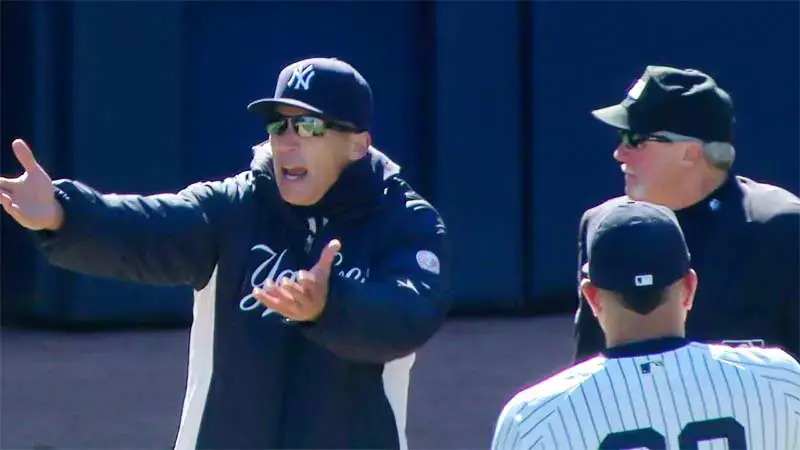
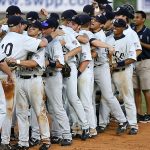

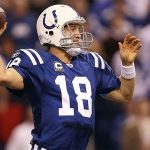
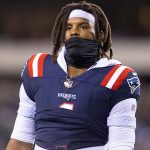

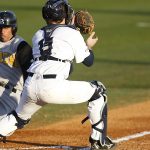

Pat Bloom